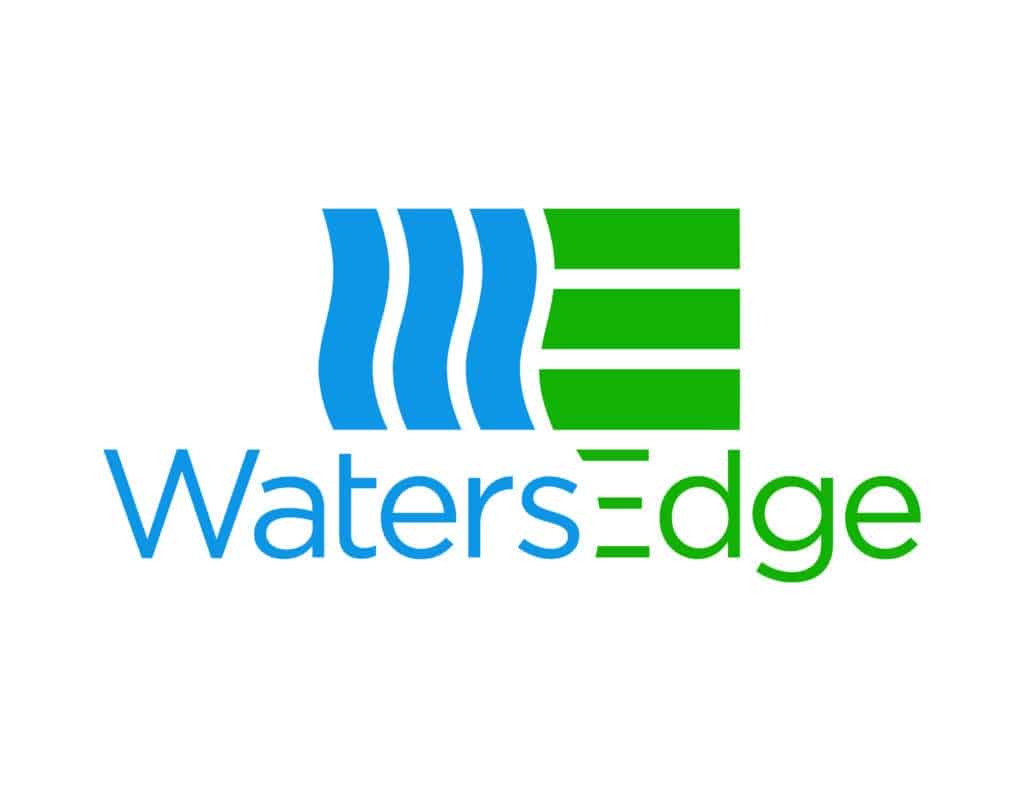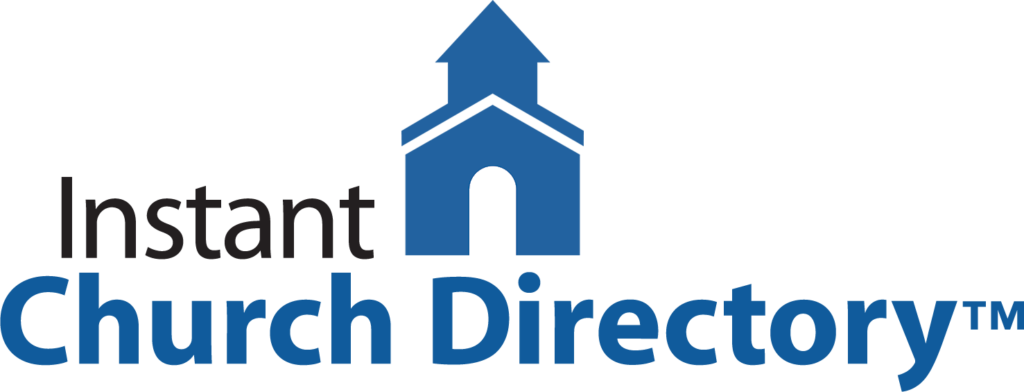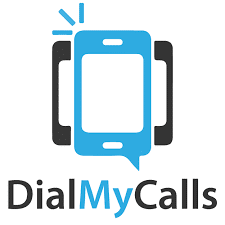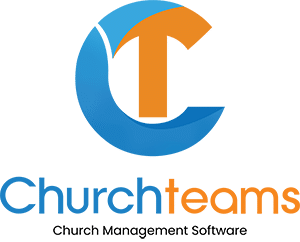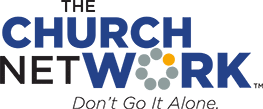By Louie Cordovado
The COVID-19 pandemic and ensuing lockdowns forced most churches to look for new ways of having services and maintaining donations. They turned to online meetings and electronic giving (eGiving).
This article will give you an overview of the benefits of online giving and how to get it set up in your church. eGiving is not a new concept and can continue to bring many benefits as churches resume gathering in-person.
Benefits of eGiving
Many churches find that overall donations increase when online giving is an option. Consistency in giving is also improved, as eGiving helps members get into the habit of giving regularly. One example is that it reduces the summer slump. Members can also donate if they cannot make it to a service.
eGiving removes some of the barriers to giving. For one, it makes it easy to give by providing flexible giving options. Since most people don’t carry cash or checks, they can easily donate on the spot using their cell phone. Setting up recurring payments is another way members can be consistent in their donations.
Matt Morris of Lifeway Research says, “Making stewardship a priority by sitting down with your spouse and children one night a week and giving your tithe can be a worship experience.” So, online giving can even be a worship experience.
How to Set Up eGiving
You may have been given the task of researching eGiving options, or you may be part of the finance or stewardship committee. Either way, the first step is evaluate the generosity of your church. If the church is already giving generously, a new way of doing so will be looked on as an opportunity. If not, the leadership will need to first create a culture of giving and generosity.
Also, the “buy in” of leadership is essential to its success. Show them the benefits mentioned above but also show them you have a plan to present it to the congregation.
What’s that best way to do this? As with most things in life, there are no easy fixes – just providing an eGiving option is simply not enough. You have to also promote it and provide support for users. For example, this can be done through:
- Announcing it during your worship service
- Mentioning online giving during the offering
- Including instructions on how to make an online donation in your bulletin and website
- Having promotions pointing to your donation page in your newsletter, emails, social media and foyer
One consideration on whether the congregation will start using eGiving is how easy it is to use. This brings us to finding the right provider.
As you evaluate each vendor, you should consider four things:
- How easy is it to use?
- What payment methods are available?
- What is the cost?
- How will it integrate with your Church Management Software (ChMS)?
Ask each provider for a demo of how a donation would be made, or at least some sample screenshots. Get some people who are not “tech savvy” to give their opinion, too. Most companies will have one or more of the following: a mobile app, text to give, integrating with your church’s website or a customized donation page on their website to which you can link.
Ask if a donor can indicate a fund or designation for their gift. This gives them a choice of where their money is going. Also, do members need to enroll before donating? The answers to these questions will tell you how easy it is to use.
Find out what payment methods they offer. Nearly all providers will accept credit cards, but ask about debit cards and electronic fund transfers from a donor’s bank to yours (ACH). Also consider whether they offer both one-time and recurring donations.
In terms of cost, you can expect fees with every vendor. For credit card giving, they charge between 2-3 % of each donation. This will be paid by the church, so some providers also give the option of having the donor “cover the fee.” The lowest cost is ACH – about 15-25 cents per donation. A monthly statement fee is also typically charged. Ask if there is charge in case the donor’s credit card declines or their bank does not have enough funds.
There may also be some one-time costs, such as setting up your account and getting someone to update the church’s website. If the provider provides a customized donation page on their website, it will be much less work than setting up a donation page on your website with integration to their payment processing system. Also ask when and how the funds will reach you.
All the donations you receive will need to be tracked in your accounting and Church Management Software (ChMS). Be sure to consider the ease of integration. Some providers automatically connect to your ChMS so it receives the details of each donation. Others provide a report of donations, which you import. Both methods can be easy depending on how they are implemented.
Some eGiving providers also have their own ChMS, but resist the temptation to buy both from the same provider. You have two goals that you should evaluate separately: an eGiving experience that is easy and quick for your members and a ChMS that does everything your pastors, staff and volunteers need. Integration between the two is generally not an issue since most ChMS is compatible with most eGiving vendors. Two different companies will usually provide the best solution to all your needs.
There are no “silver bullets” in setting up eGiving. But taking into consideration all the above, you’ll be able to find the right vendor that fits your administrative and congregational needs. And by making eGiving convenient, your congregation will become enthusiastic about it, too.
Louie Cordovado is the president of Nuverb Systems Inc., creators of Donarius Church Management Software. To get eGiving working in your church, or to get more information about this article, go to www.donarius.com.







